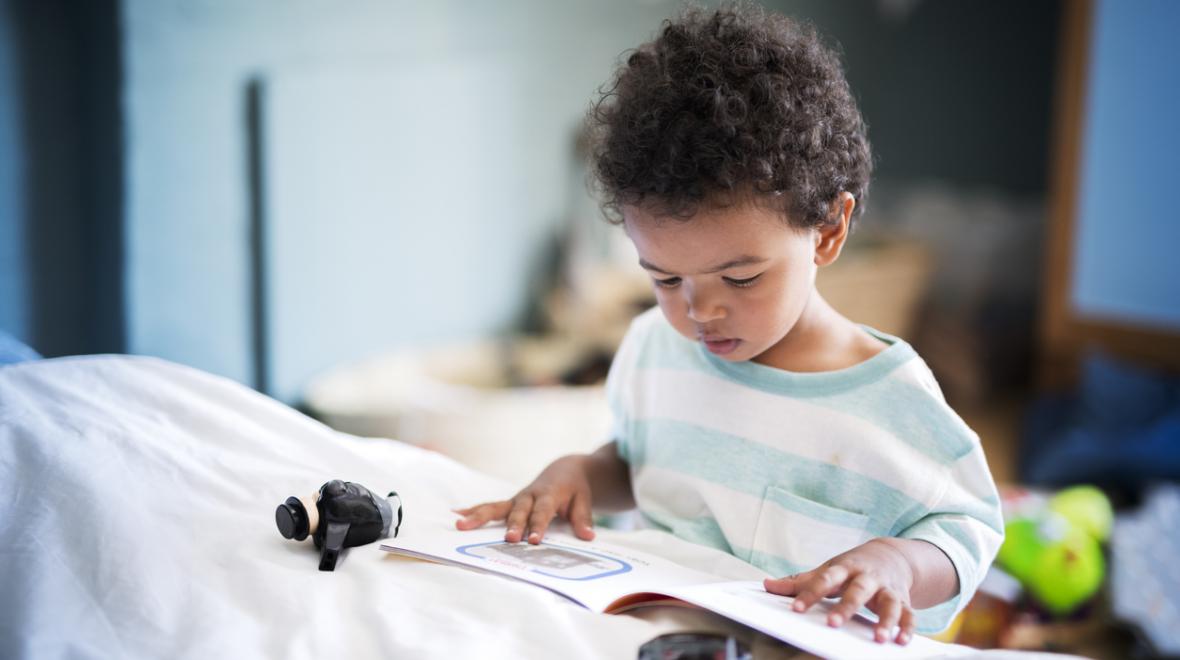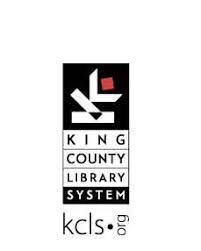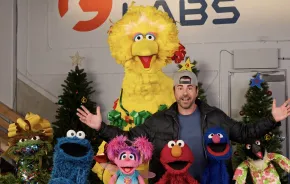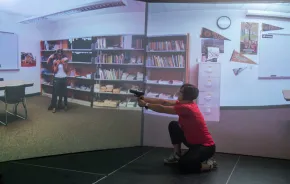
Editor's note: This article was sponsored by KCLS.
Theodore Roosevelt. He is one of the most revered personalities of the 20th century and is regarded as one of the greatest presidents America has ever had. Yet few know that Theodore Roosevelt was not only a rabid reader but also a speed reader. A story is told about how, when writing to a friend, Roosevelt offered a list of book recommendations with the 100 books he could remember reading over the previous two years. Roosevelt was one of the most well-read men in history, and his reading shaped his destiny.
The idea that you are what you read was eloquently described by Ralph Waldo Emerson: “I cannot remember the books I’ve read any more than the meals I have eaten; even so, they have made me.”
Many experts agree that the earlier in life children are exposed to books and to broad vocabulary, the more successful they are in learning new words and the more they benefit from everyday experiences.
The evidence is clear: Reading is important for vocabulary, language and social skills development. There are multiple advantages in reading to kids, and there is plenty of research to back that up.
- Reading to your kids awakens their curiosity, imagination and critical thinking skills.
- Children who hear stories are more likely to fall in love with books.
- Reading provides a bonding experience with your child and can be comforting.
- Children who are read to from their earliest moments express themselves better and therefore become better communicators.
- Being read to instills an enjoyment of reading in children.
- Reading promotes two-way communication.
- Reading opens up kids’ worlds. It introduces them to new things and new places.
- The earlier children learn a word, the better they master it, even in adulthood.
- Reading takes kids away from screens.
- And — my personal favorite — reading keeps kids quiet!
A recent study compared the vocabulary in picture books to adults’ spoken vocabulary and found that, whereas adults frequently used the same words, a more extensive vocabulary was most likely to be found in picture books. Books therefore increase vocabulary and are effective in helping build kids’ language and literacy skills.
Everyone knows the benefits of reading to kids. Few parents do it. Although a recent report claims that 80 percent of parents neither have the time nor feel confident in their reading capabilities, it is difficult to determine the accuracy of these findings and the extent to which they can be generalized.
What is known for sure is that the culture of reading seems to be on its deathbed. Yet anyone can get into the habit of reading to his or her children. Roosevelt had some important words of advice:
“A book must be interesting to the particular reader at that particular time.”
It is important to remember that both quality and quantity matter in children’s language and literacy development.
- Your child’s age must be taken into account when choosing which books to read.
- A good book should have a level of vocabulary your child is able to understand.
- Picture books are particularly good for the youngest kids because you can talk to them about the illustrations.
“Do what you can, with what you have, where you are.”
Many parents fail to realize that reading with their child for just 10 minutes a day is enough to make a huge difference in their development.
- If you don’t have 30 minutes to spare, read for 10 minutes every day.
- If you don’t have 10 minutes every day, read for 10 minutes every week.
- If you’re unable to read to your kids, make up stories. Talk to them about your day, about their day, about the world.
There are times when the right type of discussion can be even more valuable than reading.
“It is hard to fail, but it is worse never to have tried to succeed.”
One lesson we can learn from Roosevelt is the importance of taking that first step.
6 simple steps to help you create a reading culture in your home
Establish a reading tradition. Building a strong reading tradition is a great way to incorporate reading into your family activities. Choose a comfortable reading space and a regular reading schedule and try to stick to it. Establishing a reading tradition makes kids look forward to that time as part of a normal activity. Start with short reading sessions and vary your reading material. If they stop paying attention, it means it’s time to stop. Don’t insist.
Be a model. Kids learn from example. Children whose parents read and seem to enjoy reading are more likely to become readers themselves. Talk about what you’re reading with your partner and kids. If you want your kids to become readers, show them you enjoy reading.
Get into it. Sometimes parents are so obsessed with “the idea of reading” that they fail to explore how reading helps kids. Getting into it means being aware of what you’re reading and of what your kids understand. It means encouraging their comments on the stories or illustrations in the books: What do they understand? How do they feel? What do they think? For younger children, illustrations can be powerful. What do kids see when they look at them? Can they identify the animals, colors, food items, etc.?
Don’t forget the power of making up stories. Made-up stories are powerful tools. While it might be difficult at first, making up stories is a great way to teach your kids about creativity. It’s important to involve kids in this process, as doing so develops a multitude of skills: creativity, critical thinking, imagination and others. If you have trouble starting, try using creative story cards. Or you can be creative and make some story cards of your own.
Buy books for your kids. If you can afford it, buy your children books, magazines and comic books, and keep them visible and readily accessible. Keep in mind that it’s the quality rather than quantity that matters. Books hidden away will get forgotten, so display books on a bookshelf. Choose the books to buy with your kids. One tip is to determine beforehand which books are suitable for them depending on their age; then let them choose from your list. Visit the library frequently. Keep in mind that not all books are equal — choose quality.
Follow your rhythm. It’s not always easy to find the time to read with your kids. Don’t get into the trap of thinking there’s just one way to do things. Work around your schedule, talk to your kids or make up stories in the car or over dinner.
|
Sponsored by: |

|











